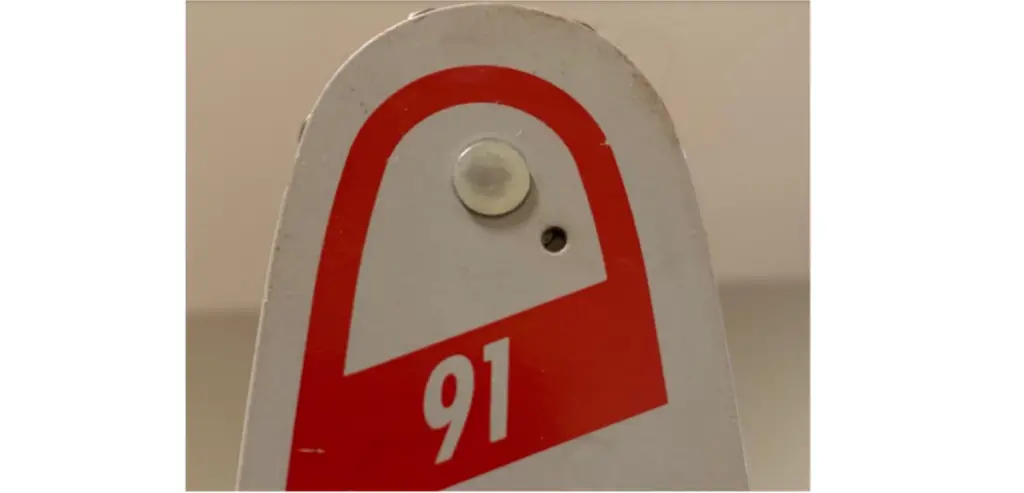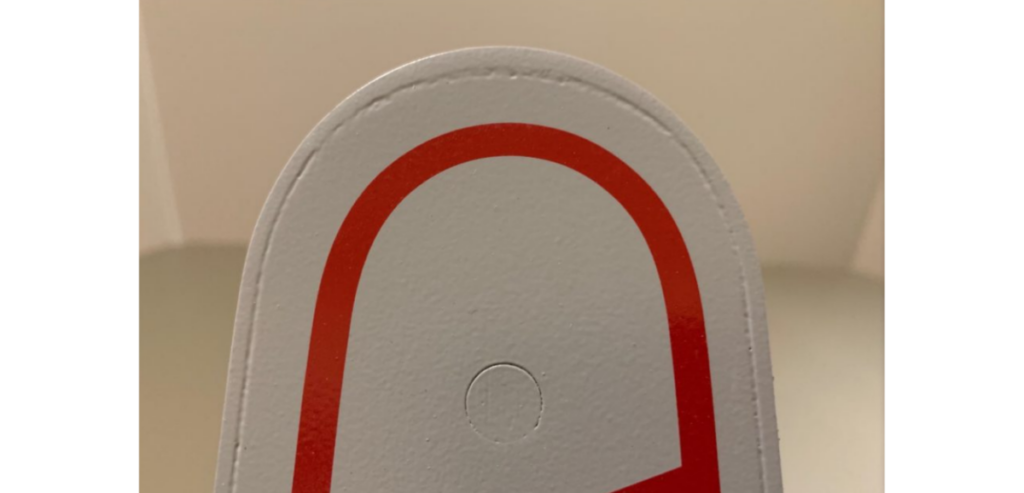The two most important things that affect the quality of cut on a chainsaw are the chain and the guide bar. The chain and guide bar are under constant load and will eventually need to be replaced no matter how well you maintain your chainsaw. This post will cover when should you replace the guide bar on your chainsaw from wear and tear and not from accidental damage.
You should replace your chainsaw’s guide bar for any of the following reasons:
- Guide Bar sprocket no longer rotates freely or is locked up completely
- Guide Bar tip split or widened to the point of allowing chain to be wedged between sprocket and side of guide bar tip.
- Guide Bar channel wear that will not allow the chain to fit snuggley into the guide bars channel.
- Guide Bar rail damage at the tip or heel of the bar that is displayed by uneven rail height.
There are primary 2 broad categories of guide bars that we will address in this post. The two categories are sprocket tip and non-sprocket tip, also known as hardnose bars. The two bars are functionally the same with the only real difference being the tip of the bar with one having a sprocket to carry the chain and the other not having a sprocket to carry the chain.

Sprocket Tip Chainsaw Guide Bars
Guide Bar Sprocket Failure
Sprocket tip chainsaw bars are more efficient than hardnose bars since the sprocket helps carry the chain around the tip of the bar with very little friction. The presence of the sprocket really helps to maximize the power and speed of the chain saw.
Sprocket tip bars are really the preferred bar for cutting in clean conditions. The downside of a sprocket tip bar is that it has more points of wear and tear than a hardnose bar does. The sprocket is usually the first part of the bar to show signs of being worn. While cutting with this type of bar, dirt and debris get pulled into and around the sprocket bearing causing it to heat up and seize.
Sprocket failure is the most common failure of this type of bar. If you have a replaceable tip sprocket bar you can simply replace the tip of the bar. In my experience, unless you provide the labor to replace the tip yourself, I would recommend just purchasing a new bar. By the time you pay for labor and parts, it may be cost-effective to replace the chainsaw bar.

Guide Bar Tip Failure
Another failure point is the actual tip of the bar. I’m not talking about the sprocket but the actual tip of the bar. Over time the two sides of the bar can actually start to separate and leave a gap around the sprocket. This will let the chain get wedged deep into the end of the bar and seize. If this happens you simply need to get a new chainsaw bar. There is no way to repair this type of failure.
Guide Bar Channel Wear
Channel wear is another type of wear that can happen over time. This wear is caused by friction of the chain as it travels around the bar. The only way to slow this type of wear is to make sure your saws oiler is functioning correctly, the oiler hole on the bar is clean and the channel itself is clean. If the channel is dirty and not receiving oil in the friction zone the channel will start to slowly widen and allow the chain to flop from side to side.
There are ways to narrow the gap but it’s generally not worth it unless you are skilled and have the proper tools. If channel wear happens to your chainsaw just get a new bar.

Guide Bar Rail Damage
Rail damage is damage that typically happens at the nose of the bar and at the heel of the bar. The damage shows up as uneven rail height. This type of damage can be lessened by keeping the proper amount of tension on the chain and by flipping the bar over regularly. Don’t worry about the logo on the bar being upside down. The paint will wear off and you will forget about the logo.
Speaking of when the paint wears off I need to dispel one misconception about the edges of the bar being colored blue. This does not indicate that the bar has been overheated as some say. This is part of the manufacturing process of tempering the edges of the bar for hardness and nothing to worry about at all.

Non-Sprocket Tip Chainsaw Bars (a.k.a. hard nose bars)
Hard nose bars are not as efficient as sprocket tip bars due to the lack of a sprocket on the bar’s tip. However, the lack of the sprocket makes hard nose bars significantly more durable and especially suited to cutting in dirty conditions. If there is no sprocket to keep clean and free of debris, there is one less failure point.
The durability of a hard nose bar is a huge plus, however that does not mean they are immune to wear all together. They are still susceptible to channel wear and rail damage just like the sprocket tip bar. The effects of these types of wear appear like they do in the pictures above of the sprocket tip bar.
Hard nose chainsaw bars typically last significantly longer than sprocket tips, especially if the cutting conditions are not ideal. Keep in mind that hard nose bars will slow down the chainsaw somewhat when compared to sprocket tip bars. There are trade-offs to using each bar. It is up to you to decide what’s important to you, speed or durability.
Often people will install a new chain when they notice their chainsaw is not cutting properly. If worn chainsaw bars are not replaced when they should be, they can destroy a new chain or possibly a clutch. Replacing the chainsaw bar can save you a lot of time and money in the long run. When in doubt, swap it out.
In an upcoming post, I will be discussing when you should replace your chainsaw chain. There are a few key points that I will be discussing and what to look for when examining your chain for wear and tear.

How long does a chainsaw bar last?
A chainsaw guide bar will last for years as long as the chainsaw is oiling properly, the chain is in good condition and the sprocket on the chainsaw is in proper condition.
If a chainsaw is poorly maintained a guide bar may not last long at all. If the oiler is not oiling the chain properly the guide bar will get extremely hot damaging the bar.
The chain must also be in good condition and not have damaged or worn drag links. If a chain is worn or damaged it will wear the guide bar quicker than normal.
Also, the chainsaw sprocket needs to be in good condition so as not to apply uneven pressure on the guide bar which can lead to a bar needing to be replaced faster than it should.
What happens when a chainsaw bar is worn out?
When trying to cut with or worn guide bar the chain may turn slowly, seize completely, flop around loosely and dangerously.
Wrapping Up
Chainsaw guide bars should be replaced when one or all of the criteria above have been observed. However, with proper care and maintenance of your chainsaw, your guide bar can lead a long and happy life. In short, your chainsaw guide bars life span is up to you.
Have a great day and be safe out there.

